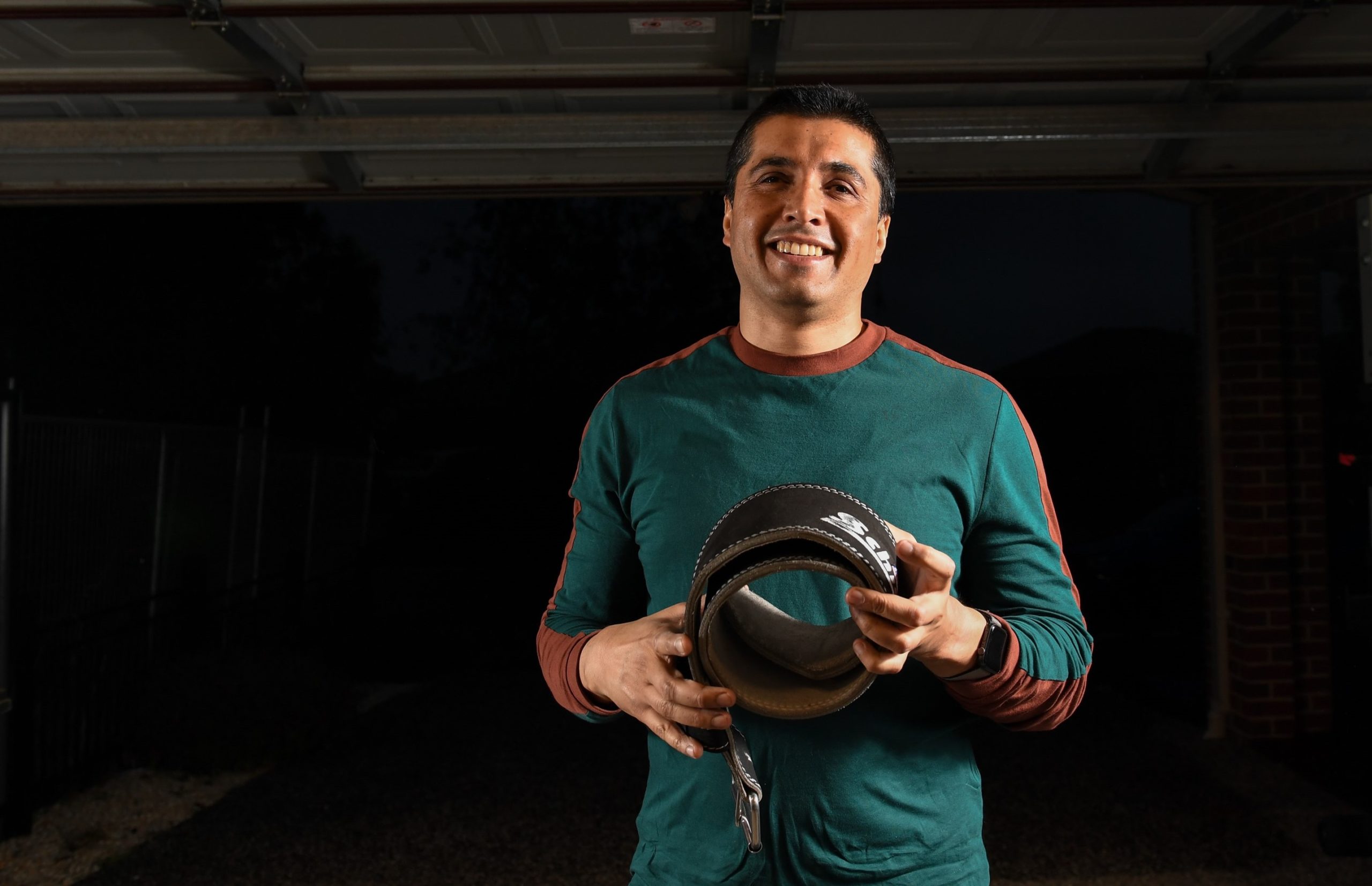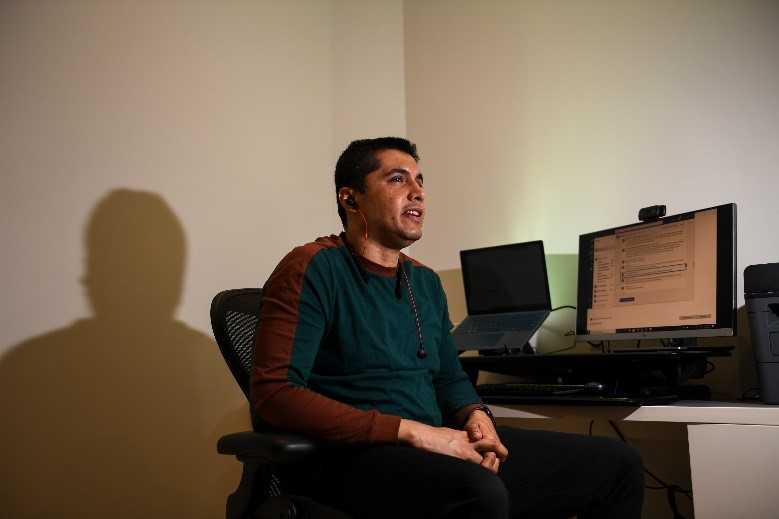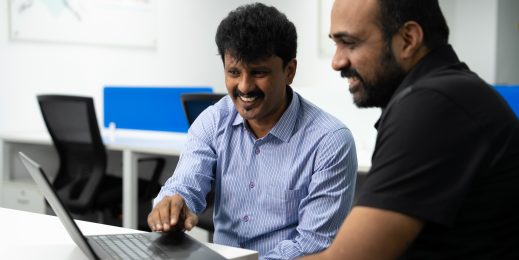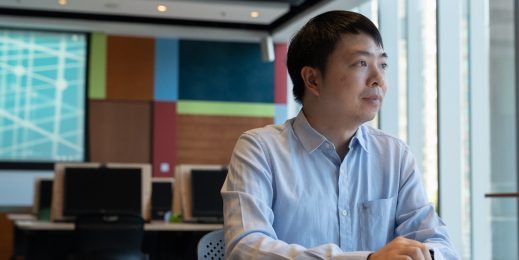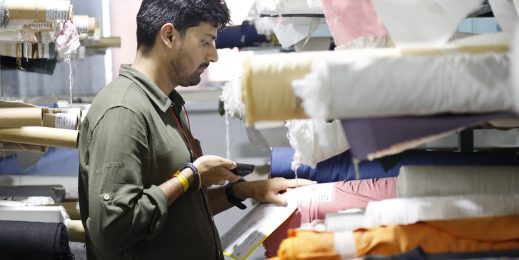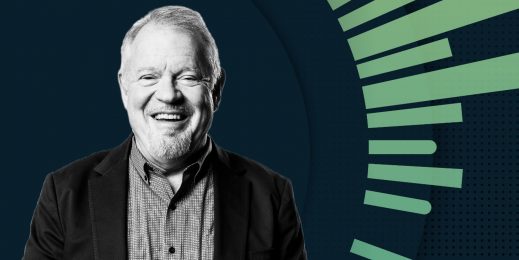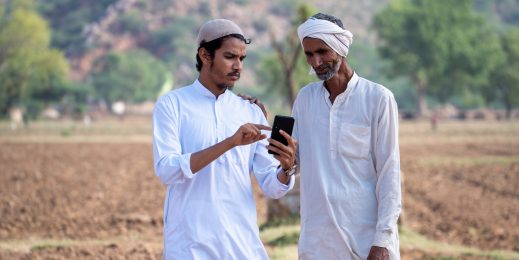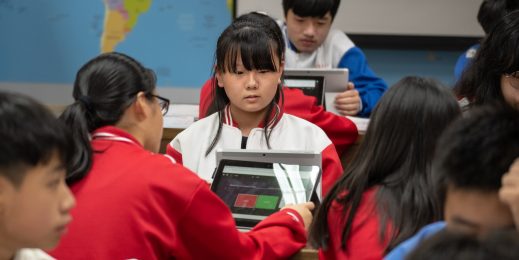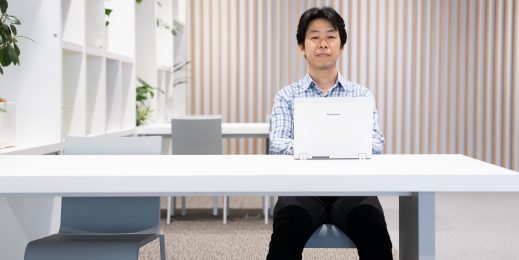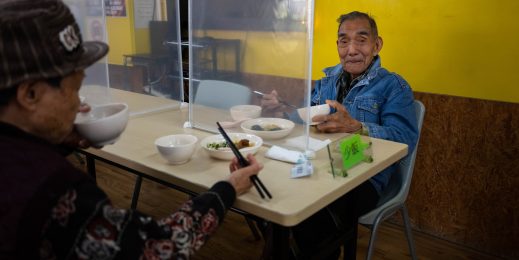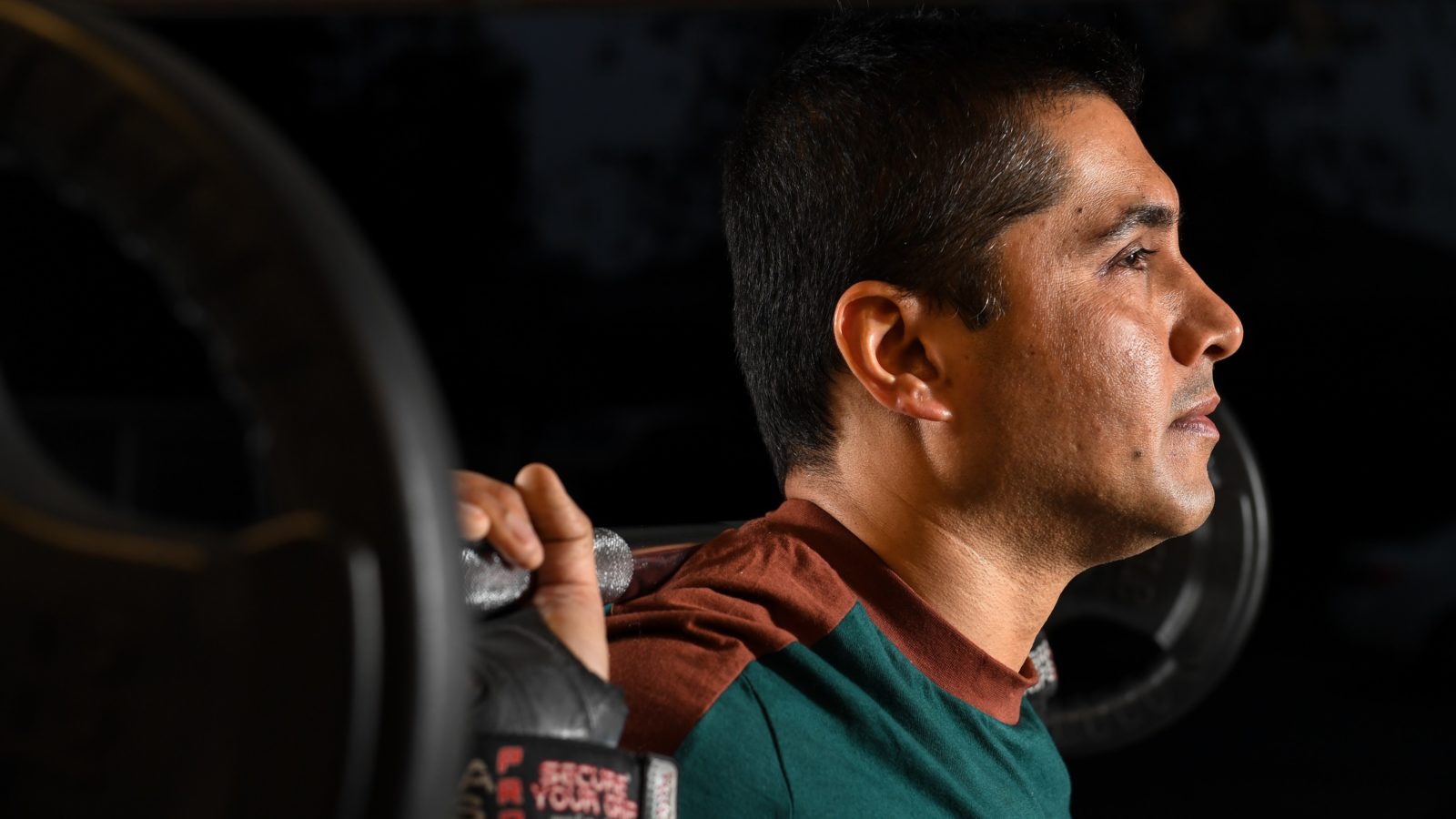
People of Microsoft Asia
Building strength and powering through
After his fading eyesight ended his dreams of being a doctor, Kenny Singh embraced the tech world and became a champion for accessibility.
Kenny Singh is a powerlifter – not just in his day job where he helps protect the data and privacy of millions of Australians, but also in his suburban garage where he’s just deadlifted 170 kilograms.
“I have a full weights setup with a squat cage that has spotting handles built in for safety. I can bench press 100 kilograms and squat 130, butt to ground.”
At first, Singh seems like a mild-mannered character. But chat with him for a while about his life, and it becomes clear that he’s very much into achieving and winning. You’ll understand why shortly. It has to do with loss.
Born in Patiala in northern India, Singh was 15 when he emigrated with his family to New Zealand, where he graduated high school and enrolled at the University of Auckland.
“I come from a family of physicians,” he recalls. “I’d been studying for it, and, mentally, I was completely in sync with becoming a doctor.”
Then tragedy started to unfold, slowly. Singh’s eyesight was fading – and so too were his dreams of studying medicine.
His night and peripheral vision dropped away, and he was diagnosed with retinitis pigmentosa, a group of rare genetic disorders that involve a breakdown and loss of cells in the retina, the light-sensitive tissue that lines the back of the eye.
“That was the cause of my first significant career shift,” he says. “At school, my grades were pretty good. When I came to university, I really struggled as my eye condition worsened.”
Singh now has about 20% sight.
“I struggled a lot with a definition for my new identity when my disability manifested in New Zealand. I couldn’t be a doctor anymore.”
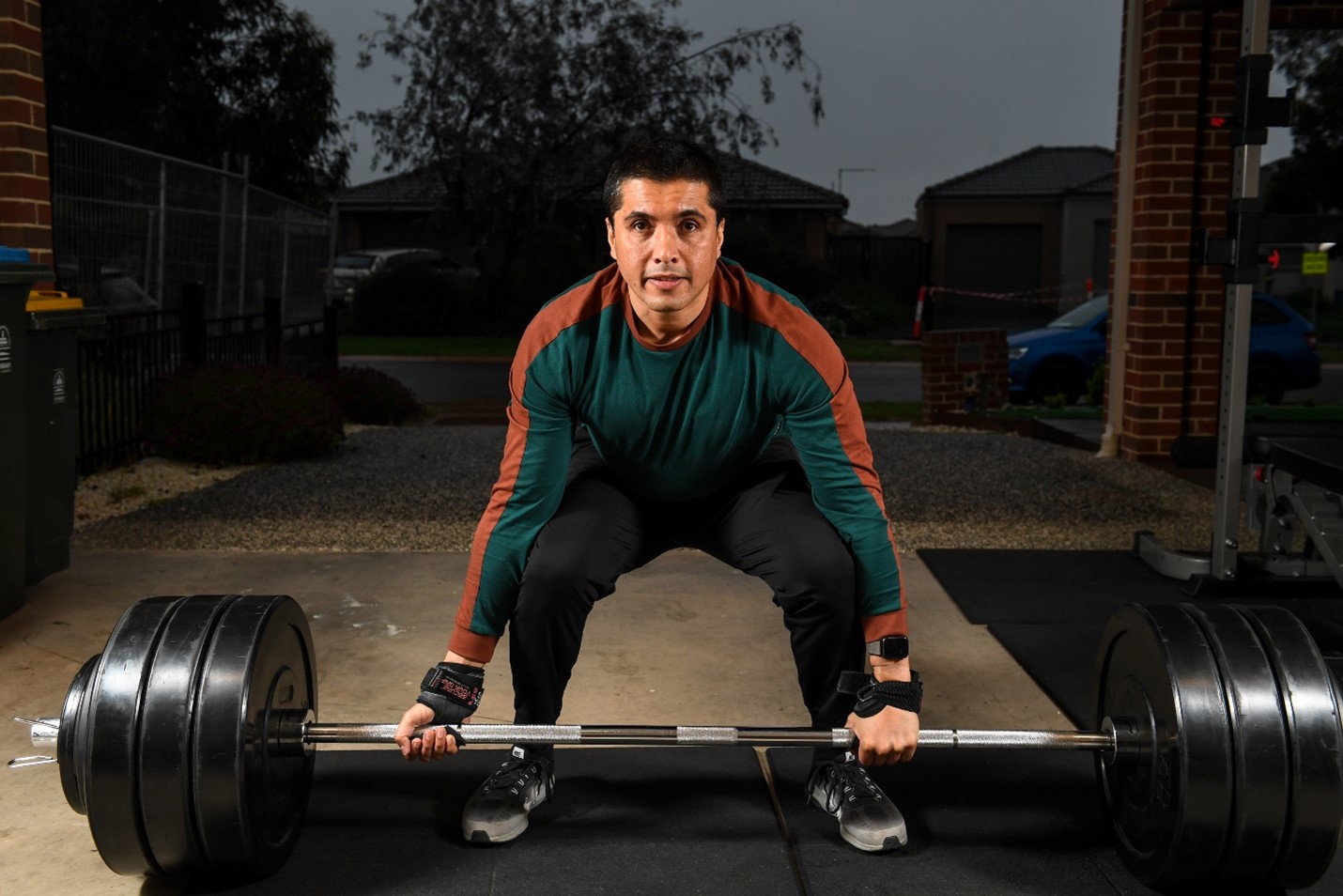
He signed up for courses in commerce and business law, but opted out when “people told me there wasn’t much precedent for people (with a vision condition) doing well at accounting.” He then discovered a new passion: computer science.
“Computers started playing a pivotal role for me in accessing information from the physical world,” Singh says. “I was increasingly dependent on them. I thought that ‘If I learn programming, I can really make this thing work for me.’”
He left New Zealand and settled in Melbourne in neighboring Australia to build a career as a web developer.
In a keystroke of serendipity, he scored a job at a not-for-profit organization where he developed tech solutions for visually impaired people and others with sight-related issues, such as dyslexia.
“We designed an ‘eye access online library.’ The whole idea was very cutting edge in 2008. We received newspapers, magazines and books and made their content accessible.” This was done through a range of channels: cell phones, PCs, Macs and DAISY (digital accessible information system) players, which read out aloud with a machine-generated voice.
After 5 ½ years leading the development of innovative software and services to empower people with differing cognitive abilities, Singh was ready for new challenges.
He studied at night and gained diplomas in hypnotherapy and psychotherapy – two fields that helped him deal with his personal struggle and loss. But his true calling was just around the corner.
“I did a switch. I joined Microsoft as a senior consultant at MCS (Microsoft Consulting Services), where I helped our enterprise and government customers digitally transform by working on cutting-edge cloud migration programs.”
Joining a big global company wasn’t an easy transition, at least at first. Singh recalls an anxious moment early in his Microsoft journey.
“When I joined 9 ½ years ago, I had to fly to a Seattle event at the Washington State Convention Center. I was extremely nervous at the thought of moving around on my own. I had butterflies. It was very scary; I didn’t want people to feel I wasn’t a good fit for Microsoft. I didn’t want to be a burden because I knew I had all the skills to be successful.”
Singh reached out to a colleague at Microsoft Australia. “He emailed the event organizers, and they gave me a person who walked around with me (at the event). It was a good result but not best practice.”
Since then, however, things have improved markedly with innovation.
“Throughout my journey at Microsoft the technology has become progressively better as my eyesight has got progressively worse,” he says. “I’m just so well set up now. I use a screen reader, a magnifier, Bluetooth headsets and webcams. Honestly, a further deterioration in my sight now wouldn’t make any difference to my productivity.”
Assistive technology has been an ever-improving game-changer for him. For instance, his screen reader has been recently upgraded with an optical character recognition (OCR) function.
“There’s a lot of granularity in the way I can ‘read’ a screen. I right-click an image and say, ‘OCR it,’” he explains. “Screen readers struggled in the past, but as AI evolves, things are constantly improving. If I am presenting with PowerPoint, I click a button, and it starts transcribing my words. It does a live translation. I can be German if you like!”
Over the horizon, he hopes OCR technology will open doors to even more inclusion. “OCR could be built into Office apps so that text in images with their format can be easily read, copied and edited by a screen reader. OCR technology could also make screen-sharing accessible to screen readers.” He would also like video conferencing technology, such as Microsoft Teams, to be able to recognize and describe to him the facial expressions and emotions of others.
Singh has just been promoted into a new product manager role with responsibility for the performance of Microsoft cybersecurity and compliance products and services. Working closely with industry, academia, and government, he is helping to create a more secure Australia.
“Microsoft Security is a holistic security platform. We have security deeply ‘baked’ into the platform: identity security, endpoint security – including mobile phones, laptops, operational technology, and Internet of Things devices, data security, and security of your apps. All your machines, whether on-premises or in the cloud, are safe – that’s data and emails. We invest more than $1 billion into cybersecurity on a yearly basis globally.”
READ more stories about diversity and inclusion in our region.
In the coming years, he would like to move into even more senior roles “It really gets me going to generate shareholder value, to give people autonomy, mastery and a strong connection with their work.”
He is also mindful of his leadership style. “I have a very strong personal will that’s balanced with humility, empathy, and a growth mindset.”
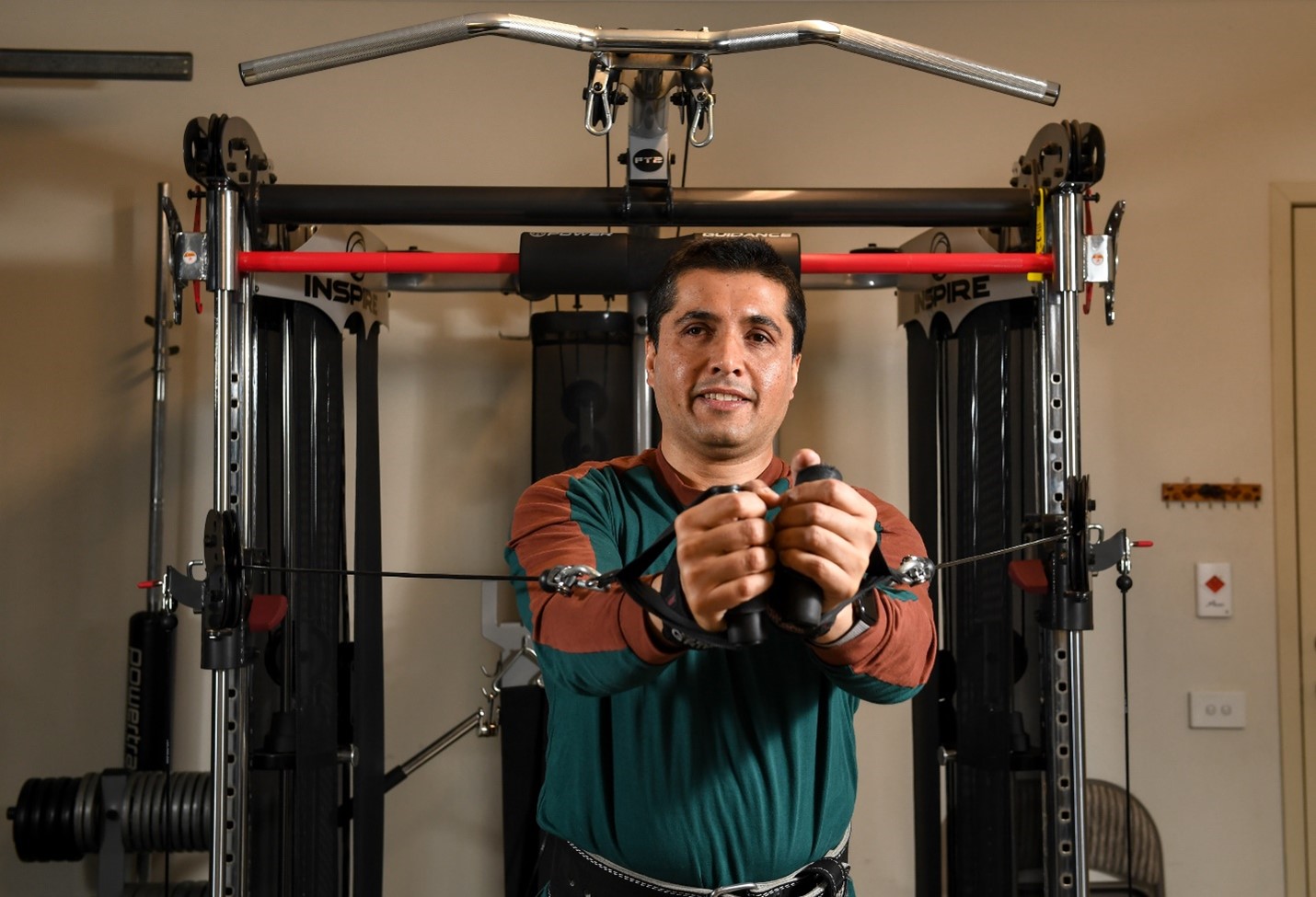
He also enjoys a work-life balance built around his extended family. He met his partner, Tina, in 1999. They got married in 2006 and now live in suburban Melbourne. Tina is a business transformation leader at the national postal service, Australia Post. “She is also my chauffeur,” he says with a wicked chuckle. Both have parents and other family members living close-by.
About four years ago, he went through another personal transformation: He lost weight, got into shape and started powerlifting.
“I had lost all the fat I wanted to lose, but I then wanted to gain muscle. I started to enjoy powerlifting a lot and seeing my strength increase. It was the measurable performance that really drew me to it,” he says.
“I absolutely love powerlifting from a tenacity perspective. We have very vibrant and full days at Microsoft. At night, I’m thinking, ‘I don’t wanna do this,’ but I always feel great afterward.”
Singh works hard at making progress: whether he is chalking up a new personal best in his home gym or exceeding a business target in the office. His 10th anniversary with Microsoft is coming up soon, and looking back, his nervous first trip to Seattle feels like a lifetime ago.
He has grown professionally, and the attitudes of others toward issues of accessibility have evolved. There is a lot more support, he says. “Now at every event I attend, there’s thought given to captioning. There’s thought given to how to make content more accessible to everyone.
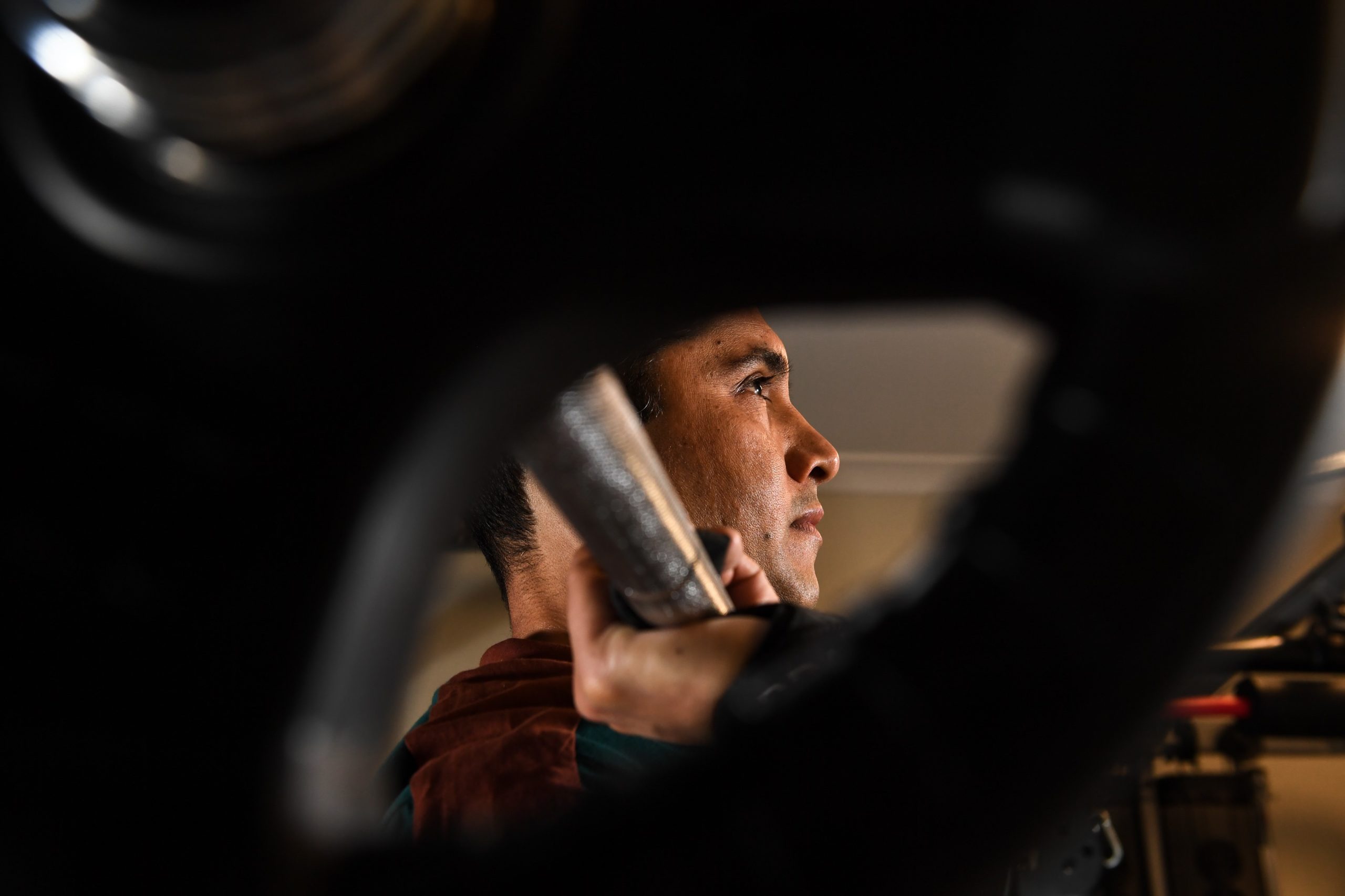
“If someone joins (Microsoft) today and they have special needs at work, we have a Special Accommodation Fund. The cost doesn’t even come out of your manager’s fund. There’s no burden on your immediate chain of command; there’s just a box asking what special assistance is required. It takes the trepidation out if it.”
He very much believes in the idea that everyone benefits when designers design with people with disabilities in mind. He champions digital technology as an “intense enabler” for inclusion and accessibility.
“At a people, process and technology level, Microsoft has made a lot of investments that have moved the dial significantly forward. And we’ll keep on pushing for more accessibility for everyone.”
TOP IMAGE: Kenny Singh lifting weights in his garage gym. All images by Penny Stephens.






